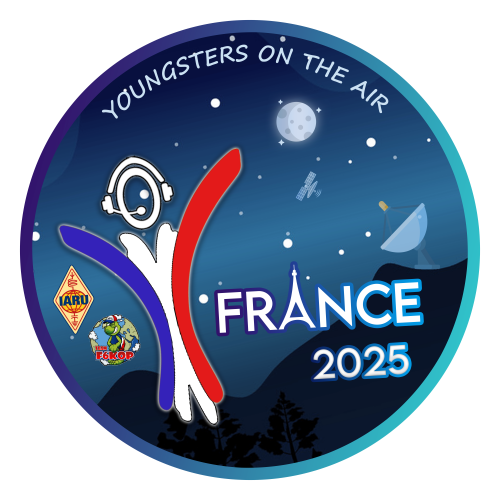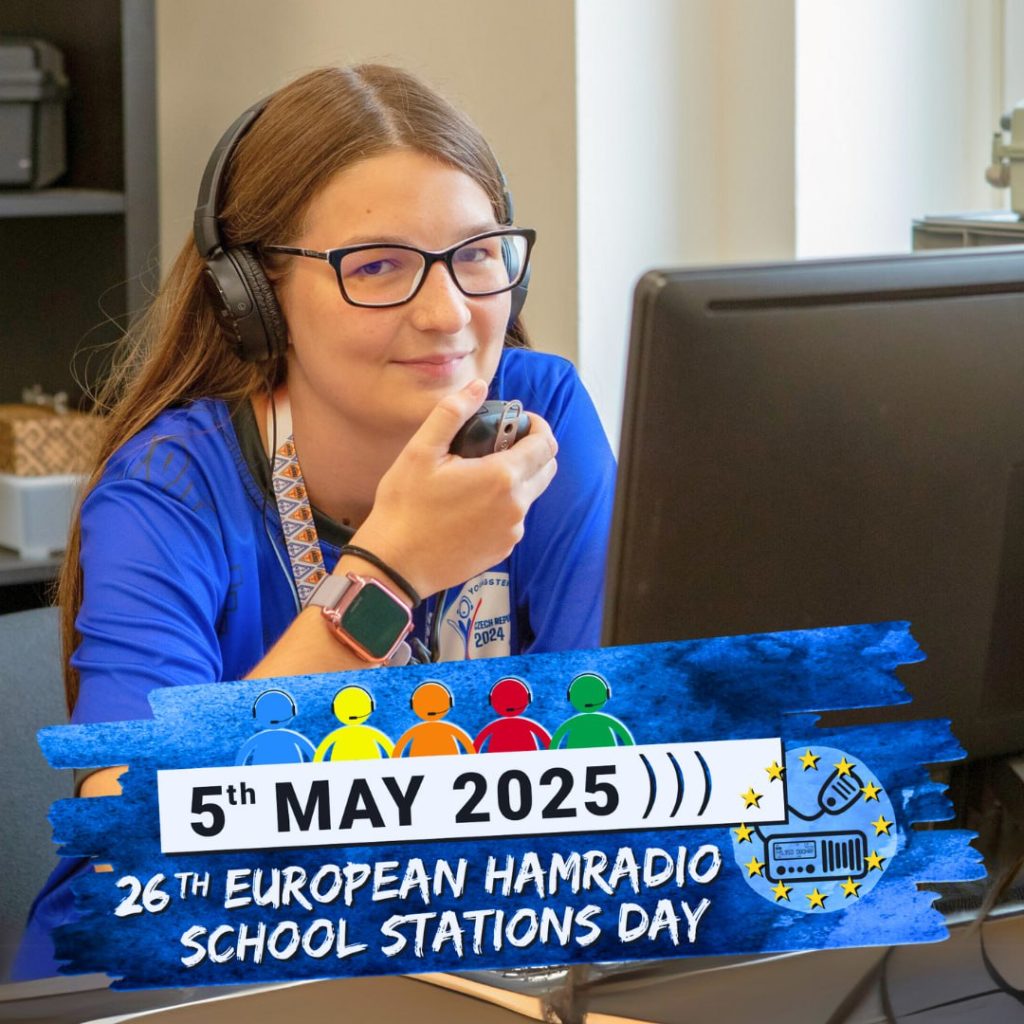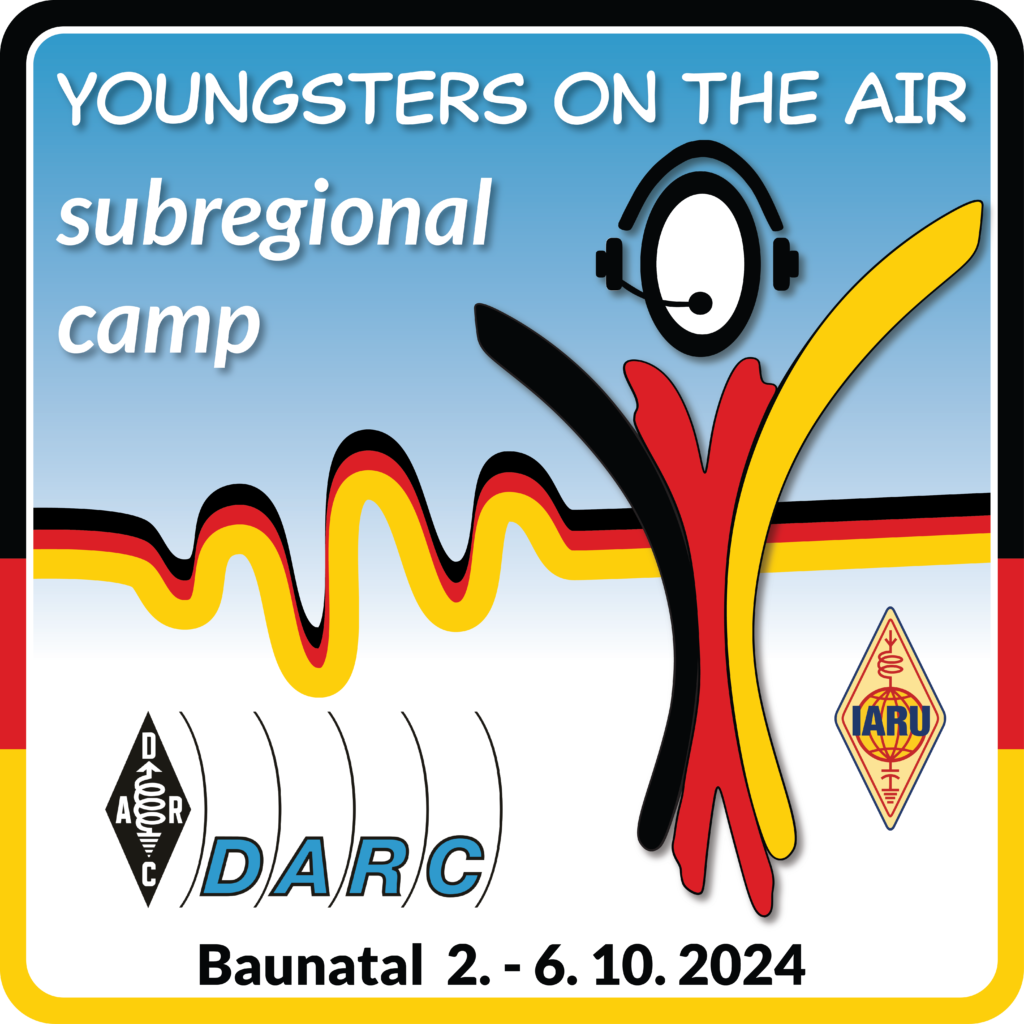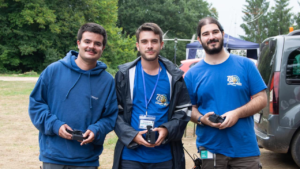
On day three, we started the morning as usual with the workshop sessions.
One of the highlights was the hands-on workshop led by Bastien, ON4BCY, where participants had the chance to build their own Winkeyer. For those unfamiliar, a Winkeyer is an electronic Morse code keyer, a small device that automatically generates perfectly timed dits and dahs when controlled by a computer or paddle.
The workshop was a big success! Participants not only learned how to solder, but they also got to use their newly built Winkeyers with the CW keys they had assembled themselves. It was a rewarding mix of practical skills and immediate application.
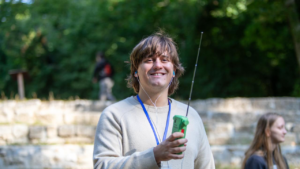
After a tasty lunch at the canteen, the youngsters enjoyed some free time. Some headed to the station for a few QSOs, others took a quick nap to recharge, and a few dedicated themselves to studying for the FCC exam scheduled later that day.
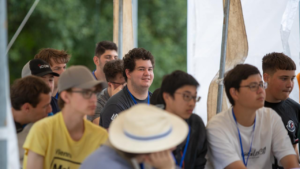
Next, it was Manoel, ON6RF’s turn to present. He introduced us to TETRA and digital modes, providing both practical insights and technical knowledge that fascinated the group.
Finally, the time came for the FCC exam session. Despite some visible tension, it went really well: most participants passed their amateur radio license on the first try, a few needed a couple of attempts, and some even managed to achieve the Extra class
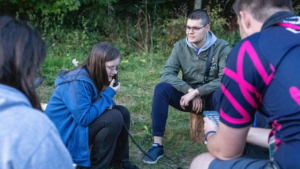
Happy with the results, we all went to dinner together, sharing stories and comparing our accomplishments from the day. Afterward, some of the youngsters decided to do a POTA activation, putting their skills into practice by activating the local park.
It was a day full of learning, hands-on experience, and fun, leaving everyone inspired and eager for the next adventure.

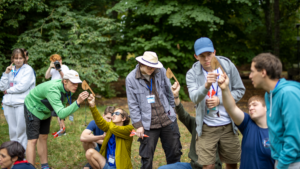
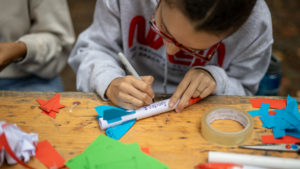
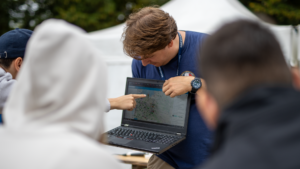
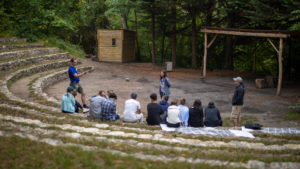
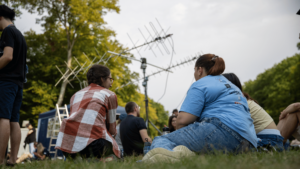
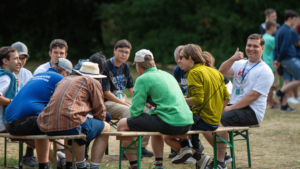
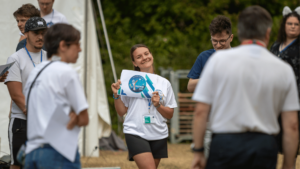
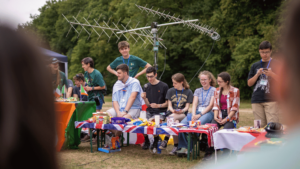
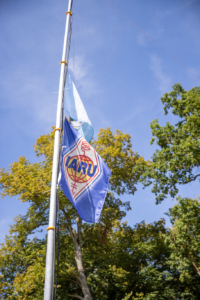
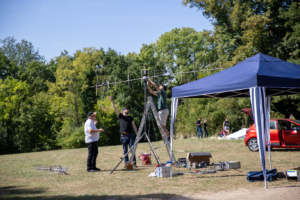
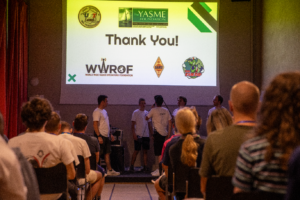
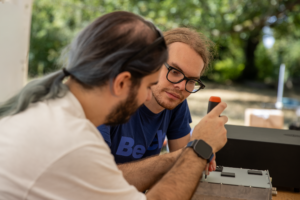
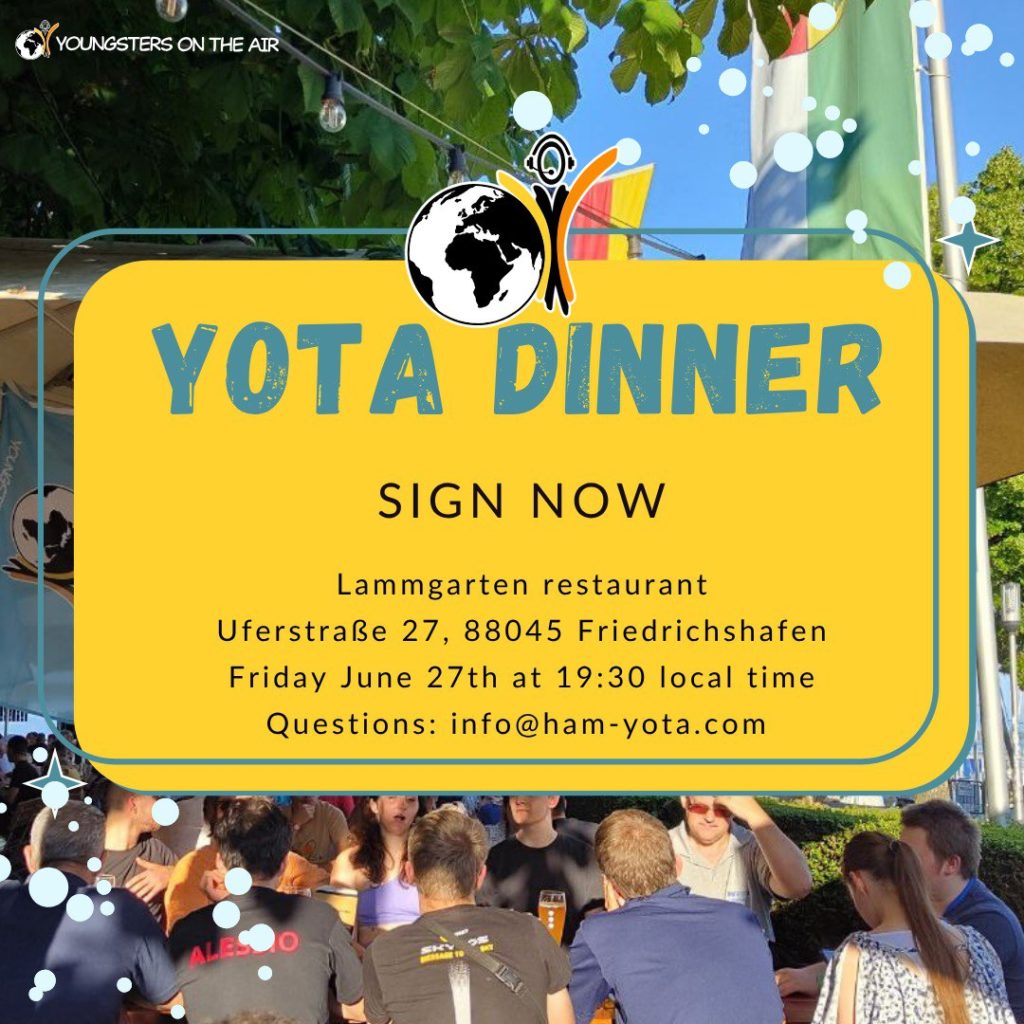
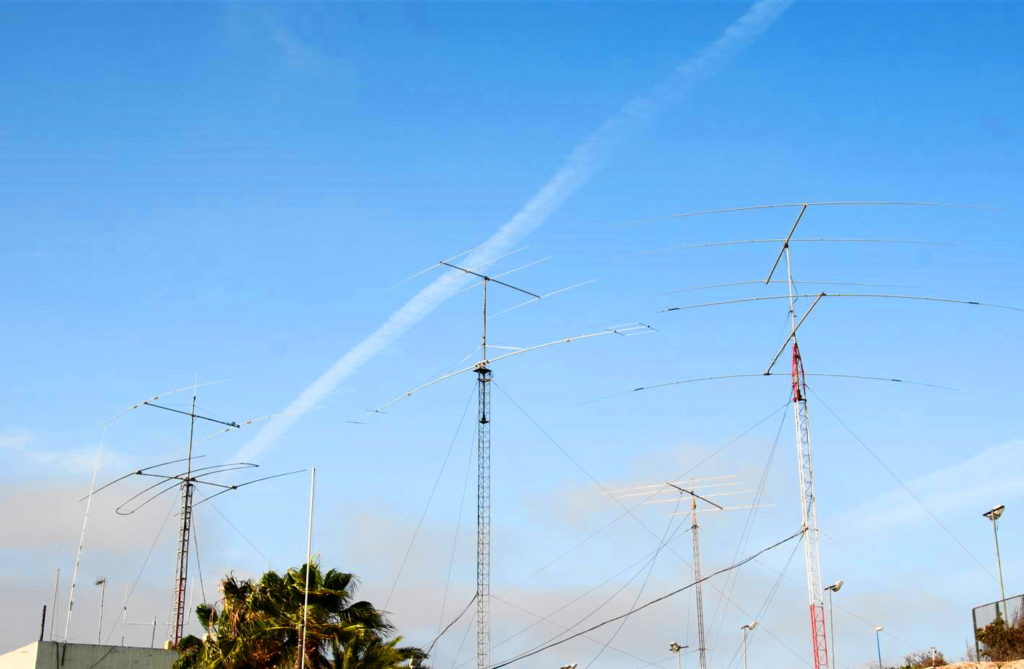
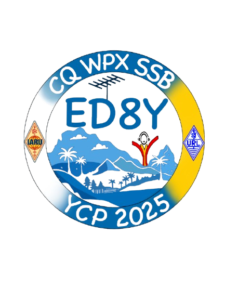 The first 2025 Youth Contest Program (YCP) will take place at URE Las Palmas, EA8URL, during the CQ WPX SSB contest (March 29–30)!
The first 2025 Youth Contest Program (YCP) will take place at URE Las Palmas, EA8URL, during the CQ WPX SSB contest (March 29–30)!